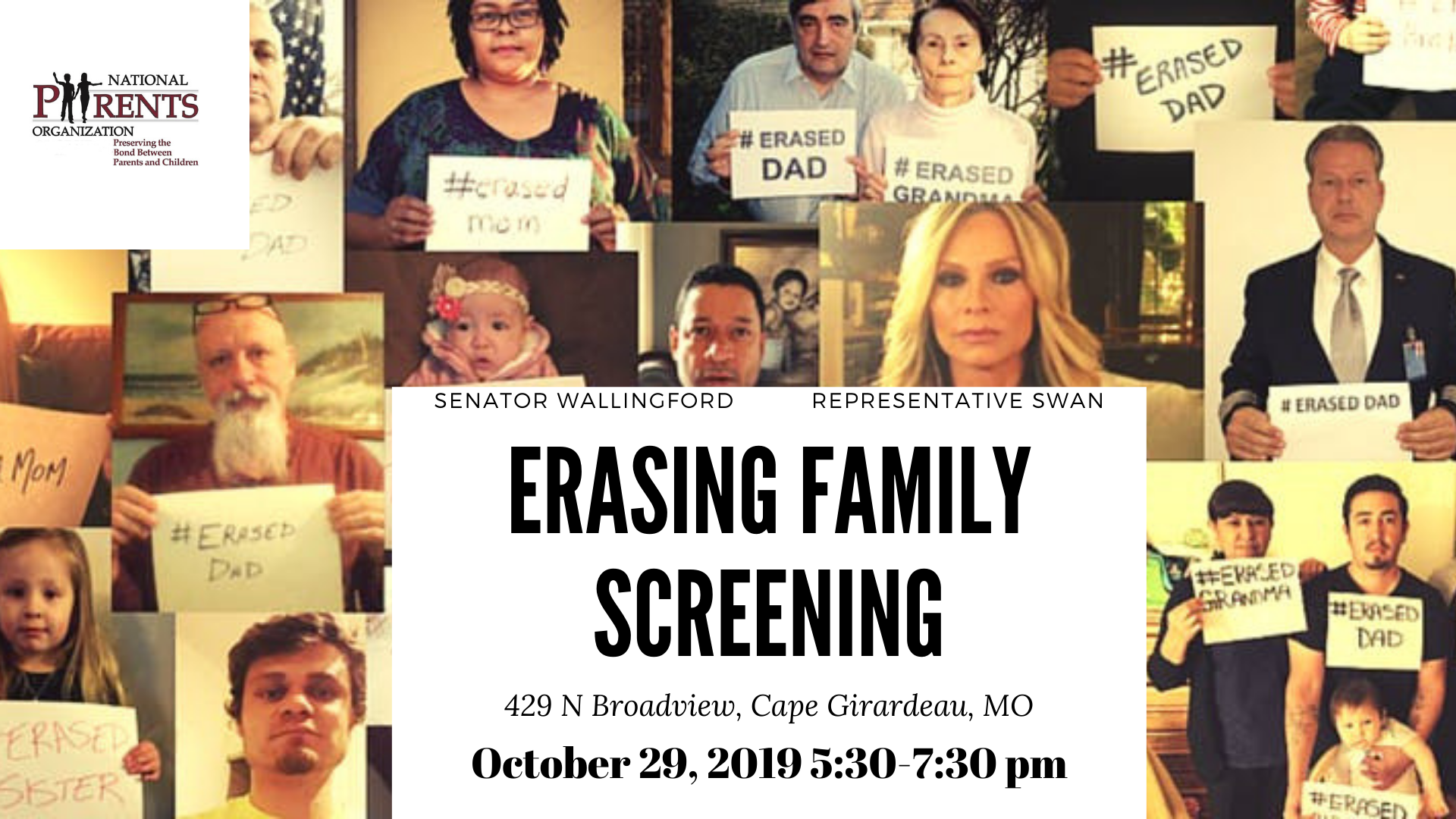
October 29, 2019 by Robert Franklin, JD, Member, National Board of Directors
Alimony in Canada has gotten out of hand. This article, for example, informs us that, if a marriage lasts just three years, the payor spouse can be required to pay the payee spouse alimony for 15 years (Financial Post, 10/8/19). Seriously.
The specific raison d’etre for the article is a discussion of the Spousal Support Advisory Guidelines which, as the name implies, are not mandatory, but which judges consult when issuing support orders.
What the SSAGs make clear, although the article does not, is that almost all cases in which one spouse earns more than the other result in an award of spousal support. The guidelines call for judges to calculate the difference between the gross earnings of the two spouses. They then take between 1.5% and 2% of that difference and multiply the result by the number of years of the marriage.
So, if John earns $10,000 per month and Jane $2,000, and the two have been married for 15 years, then John ends up paying Jane between $1,800 and $2,400 per month for the next 7.5 – 15 years. Taking the upper end of that range, Jane would have provided the couple $360,000 during their marriage, but would take away $432,000 in spousal support over the same period of time. During the term of their marriage of course, Jane’s standard of living would have been vastly higher due to John’s earnings than had she alone supported herself. But neither Canadian law nor the SSAGs credit John with having done so much to increase his wife’s standard of living.
It gets worse if there’s a child. Here’s one of the examples offered by the SSAGs themselves:
Ted and Alice have separated after 11 years together. Ted works at a local manufacturing plant, earning $80,000 gross per year. Alice has been home with the two children, now aged 8 and 10, who continue to reside with her after separation. After the separation, Alice found work, less than full time, earning $20,000 gross per year. Alice’s mother provides lunch and after-school care for the children, for nothing, when Alice has to work. Ted will pay the table amount for child support, $1,159 per month…
Using the family net disposable income figures (or the similar monthly cash flow figures) more familiar to current software users, spousal support of $1,025 monthly along with the child support would leave Alice and the children with $4,003 per month and Ted with $2,976 per month, or 57.4 per cent of the family’s net disposable income in favour of Alice and the children.
The assumptions and calculations under which Ted’s earning four times what Alice does results in his ending up with less than 75% of what she does are, shall we say, complex. For one thing, his child support payment to Alice doesn’t reduce dollar-for-dollar his spousal support obligation, even though every dollar is like every other dollar and all contribute to support a household. For another,
[W]e have to iterate, i.e. to estimate hypothetical spousal support repeatedly, in order to determine the amount of spousal support that will leave the lower income recipient spouse with between 40 and 46 percent of the combined pool of individual net disposable income.
In short, whatever the figures, whatever the ex-spouses earn, the recipient of spousal support will never receive less than 40% of their combined net incomes. Indeed, the SSAGs refer to one case in which the wife ended up with 60%.
None of this of course asks, much less answers, the question “Why have spousal support at all?” In an era in which women are fully capable of supporting themselves, why should it be the obligation of a woman’s ex-husband to support her after she’s divorced him? (I use those sex-specific words because, in the U.S., 97% of spousal support is paid by men to women and over 70% of divorce cases are filed by women.) Why should she not, like the rest of humanity, simply make her decisions and bear the consequences. If divorcing him means a temporary decline in her standard of living, what’s the problem? The very existence of spousal support is due to archaic notions about the fragility of women and their need for perpetual protection by men. No one now takes those notions seriously – no one, that is, except legislators who write alimony laws.
Plus of course, when children are involved, the simplest and most beneficial way to obviate the requirement of spousal support is equal parenting. With equal parenting, each parent would bear the costs and the time required to raise the child equally with the other parent. That would mean that neither would be unable to work and earn due to his/her childcare obligations. So it’s interesting to see that the very people who scream bloody murder when legislatures seek to reform alimony laws are the same ones who adamantly oppose shared parenting. They seem to like the status quo that combines sole/primary maternal child custody with hefty transfers of income and wealth from ex-husbands to ex-wives.
As I’ve said before, there should be certain narrow exceptions to any rule of no spousal support. If one spouse is old or disabled, the other shouldn’t leave him/her high and dry. If one has taken time out of his/her career to care for children, then they should be afforded some reasonable amount of time to get back on their feet and into the labor market.
But beyond that, we should let adults be adults and ask them to be accountable for their own behavior. Spousal support laws are dedicated to the opposite proposition and have no place in the English-speaking cultures of today.










